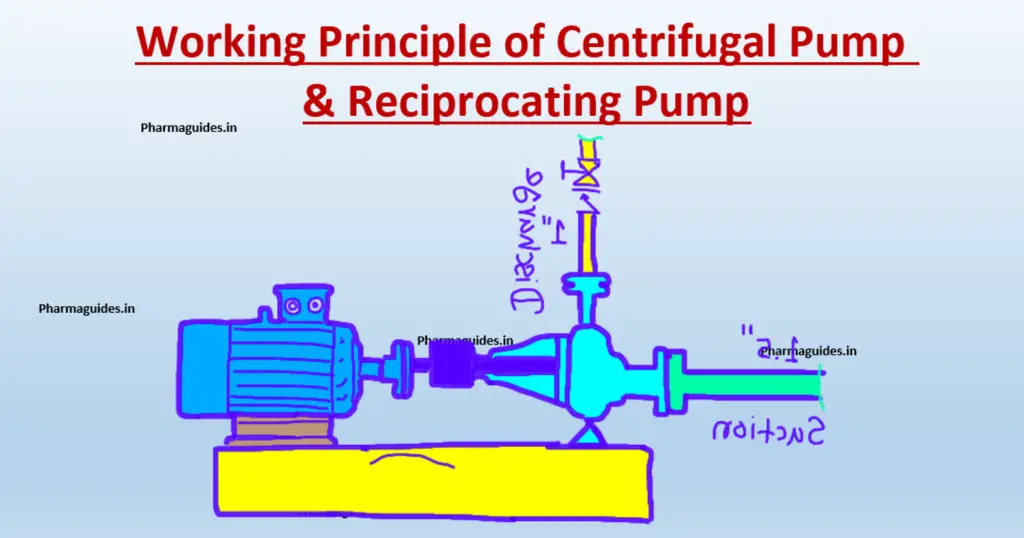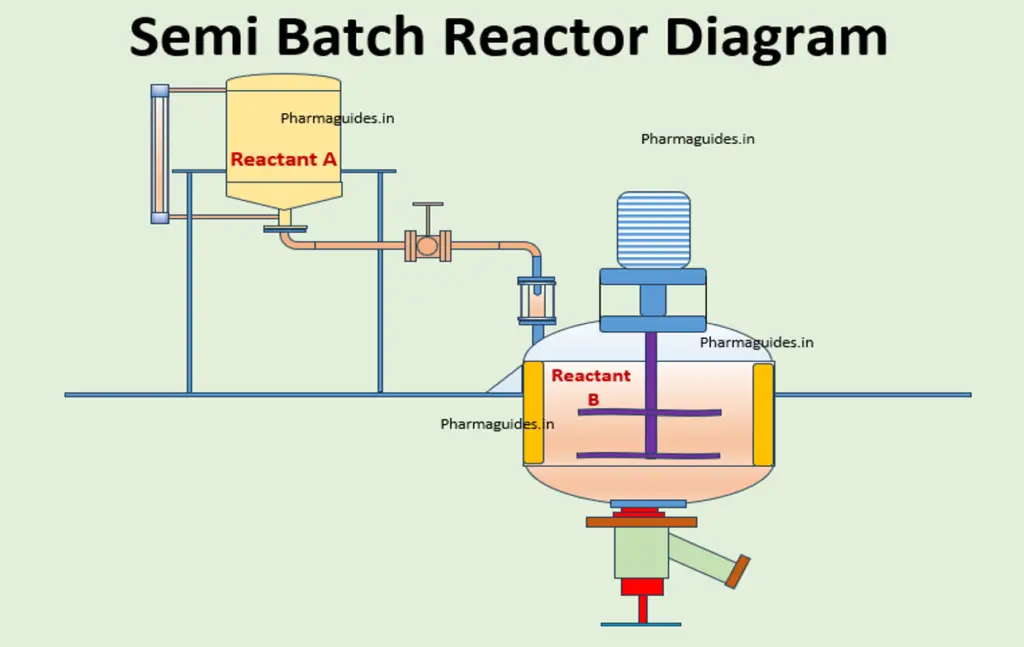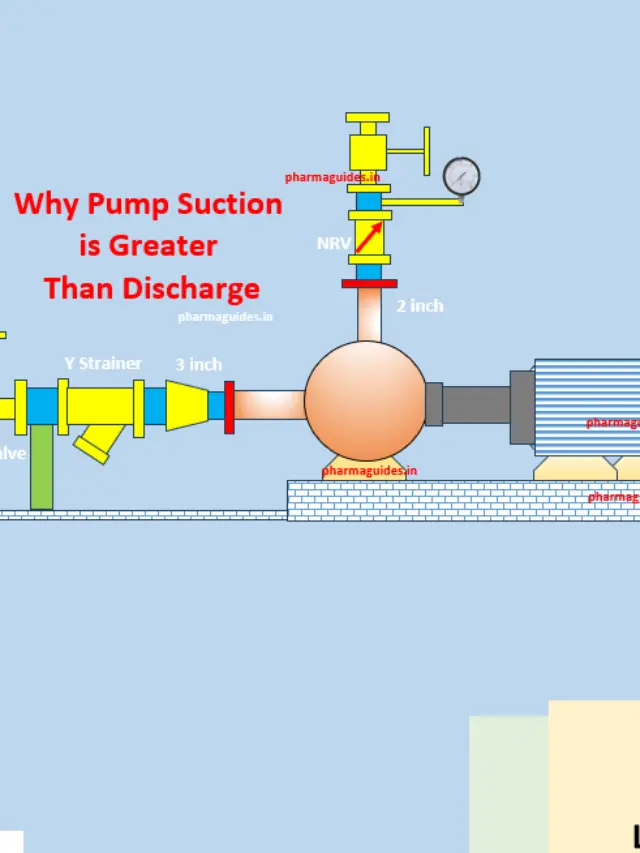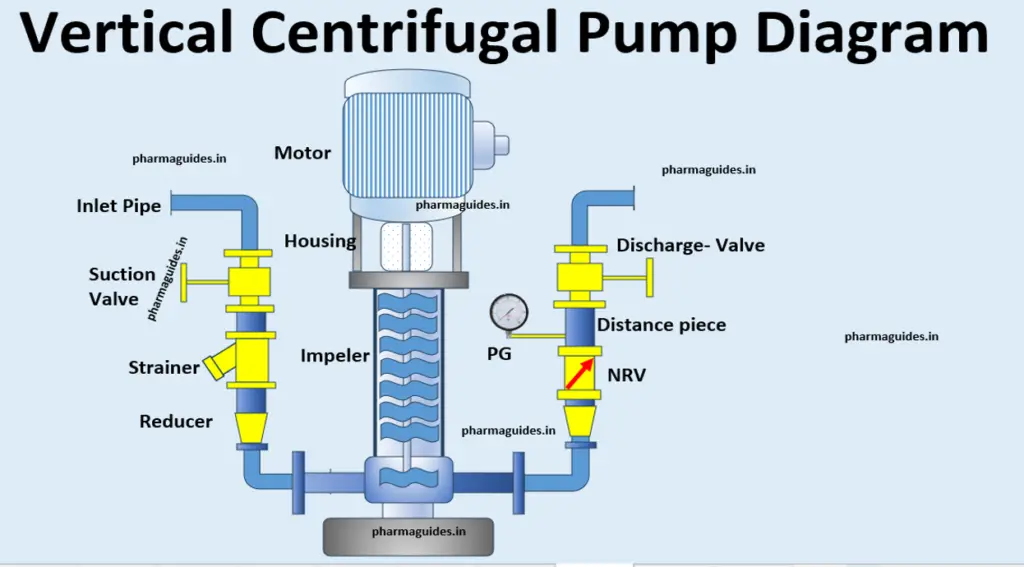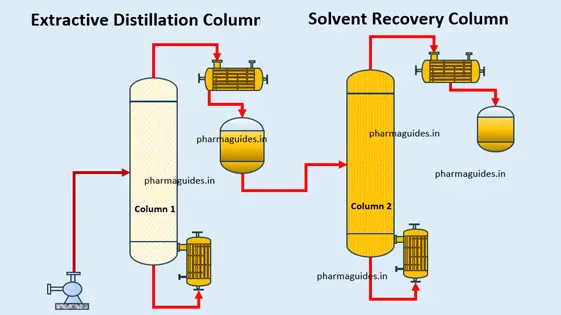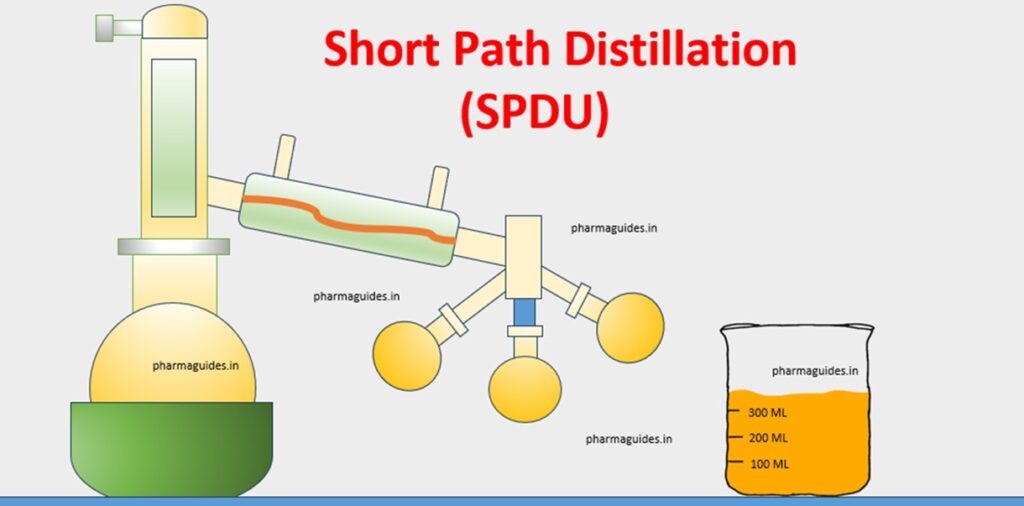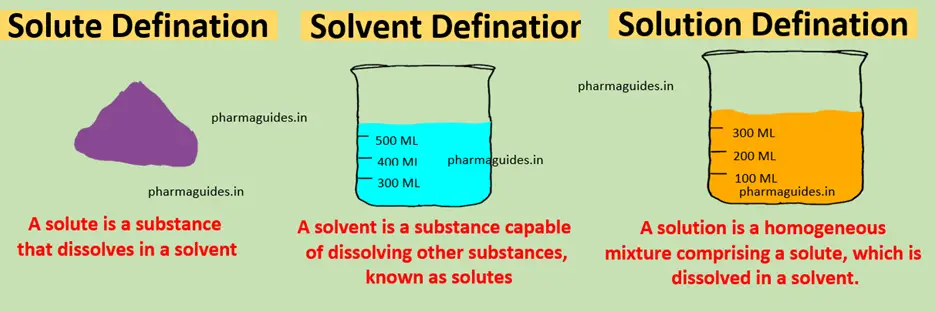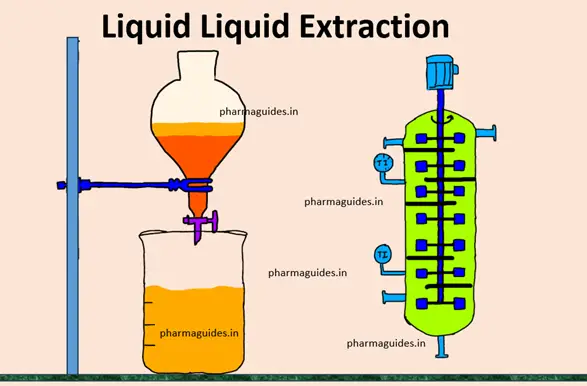Article Contents
Humidity
Humidity is an essential atmospheric factor that plays a significant role in determining our comfort levels and health. Humidity refers to the amount of water vapor present in the atmosphere. It can be expressed in various ways, such as absolute humidity, percentage humidity, and relative humidity. In this article, we will explore the different types of humidity and their significance.
What is Humidity?
Humidity is the measure of water vapor in the atmosphere. The amount of water vapor present in the air can vary depending on various factors such as temperature, pressure, and wind. Humidity plays a vital role in weather patterns, human comfort, and health. High humidity levels can cause discomfort and may even lead to health issues, such as dehydration and heat exhaustion. On the other hand, low humidity levels can cause dry skin, respiratory problems, and discomfort.

Absolute Humidity
Absolute humidity refers to the amount of water vapor present in the air, expressed in grams of water vapor per cubic meter of air. It is a measure of the actual amount of moisture in the air and is not affected by changes in temperature or pressure.
The formula for calculating absolute humidity is:
Absolute Humidity (AH) = Mass of water vapor ÷ Volume of air
Percentage Humidity
Percentage humidity, is the measure of how much moisture is in the air compared to the maximum amount of moisture that can be held at a specific temperature and pressure. It is expressed as a percentage.
The formula for calculating percentage humidity is
Percentage Humidity (PH) = (Actual Vapor Pressure / Saturation Vapor Pressure) x 100
Relative Humidity
Relative humidity is a measure of the amount of moisture in the air compared to the amount of moisture the air can hold at a specific temperature and pressure. It is expressed as a percentage and is one of the most commonly used measures of humidity.
The formula for calculating relative humidity is:
Relative Humidity (RH) = (Actual Vapor Pressure / Saturation Vapor Pressure) x 100
Dew Point
The dew point is the temperature at which the air becomes saturated with water vapor, and condensation occurs. When the air temperature falls below the dew point temperature, the excess water vapor in the air condenses to form dew or frost.
Dev Point Versus Humidity
The dew point is often used to calculate humidity levels. When the dew point temperature is close to the actual temperature, the relative humidity is high, indicating a high moisture level in the air. Conversely, when the dew point temperature is far from the actual temperature, the relative humidity is low, indicating a low moisture level in the air.
Difference between humidity and relative humidity
| Humidity | Relative Humidity | |
|---|---|---|
| Definition | The amount of water vapor present in the air | The amount of water vapor present in the air |
| at a specific temperature and pressure | expressed as a percentage of the maximum | |
| amount the air could hold at that temperature | ||
| Units | Grams of water vapor per cubic meter (g/m³) | Percentage (%) |
| Calculation | Absolute humidity = Mass of water vapor / Volume | Relative humidity = (Actual vapor pressure / |
| of air | Saturation vapor pressure) x 100 | |
| Use | Used to calculate dew point and wet bulb temperature | Used to determine comfort level, risk of mold growth, and weather forecasting |
| Influence | Temperature, air pressure, and water vapor sources | Temperature, moisture sources, and air pressure |
| Range | 0 to infinity | 0 to 100% |
| Example | The humidity level is 10 g/m³ | The relative humidity is 50% |
| Importance | Relevant in industrial processes and agriculture | Important in weather forecasts, health, and comfort |
| Measured by | Hygrometer | Hygrometer or psychrometer |
| Limitations | Does not provide a complete picture of moisture content | Can vary with temperature changes, and saturation vapor pressure is affected by atmospheric pressure |
| Symbol | AH or H | RH |
difference between relative humidity and percentage humidity.
| Relative Humidity | Percentage Humidity |
|---|---|
| Ratio of the actual amount of water vapor present in the air to the maximum amount that the air could hold at a given temperature and pressure | Measure of the amount of water vapor present in the air relative to the maximum amount it could hold at a given temperature and pressure, expressed as a percentage |
| Indicates how close the air is to saturation with water vapor | Indicates the actual amount of water vapor present in the air |
| Can be expressed as a decimal or a percentage | Expressed as a percentage only |
| Varies with temperature and pressure | Does not vary with temperature and pressure |
| Used in weather forecasts, indoor climate control, and many other applications where moisture content in the air is important | Less commonly used in technical applications, but may be used in some industries or contexts |
| RH of 100% means the air is completely saturated with water vapor and cannot hold any more | Percentage humidity of 100% means that the air contains the maximum amount of water vapor it can hold at a given temperature and pressure |
Frequently Asked Questions and Answers on Humidity
What is a comfortable humidity level for humans?
A comfortable humidity level for humans is between 30-60%.
Can high humidity levels cause health problems?
Yes, high humidity levels can cause health problems such as dehydration, heat exhaustion, and respiratory issues.
What is the ideal humidity level for indoor plants?
Most indoor plants thrive in humidity levels between 40-60%.
How does humidity affect air conditioning?
High humidity levels can make the air conditioning system work harder, leading to increased energy consumption and higher electricity bills.
Conclusion
Humidity is an essential atmospheric factor that can significantly impact our comfort levels and health. By understanding the different types of humidity and their significance, we can make informed decisions to maintain a healthy and comfortable living environment.
Read Also
Reference,





